United mates: Australia’s alliance with US declared ‘ironclad’ amid China threat
Australian and US defence chiefs have provided an update about how the two countries will preserve national security as China continues to send threatening, strategic messages.
National
Don't miss out on the headlines from National. Followed categories will be added to My News.
The Australian-US military alliance is “ironclad”, defence chiefs from both countries have declared, arguing the century-old partnership will remain crucial in preserving mutual national security.
Speaking exclusively to this masthead at Joint Base Pearl Harbour-Hickam in Hawaii, Australia’s Chief of Navy Vice Admiral Mark Hammond and United States Pacific Fleet Submarine Force Commander Rear Admiral Richard Seif gave a fierce defence of Australia’s contribution to the alliance.
The pair also expressed confidence the AUKUS pact would endure and see Australia acquire nuclear-powered submarines from the early 2030s as planned.
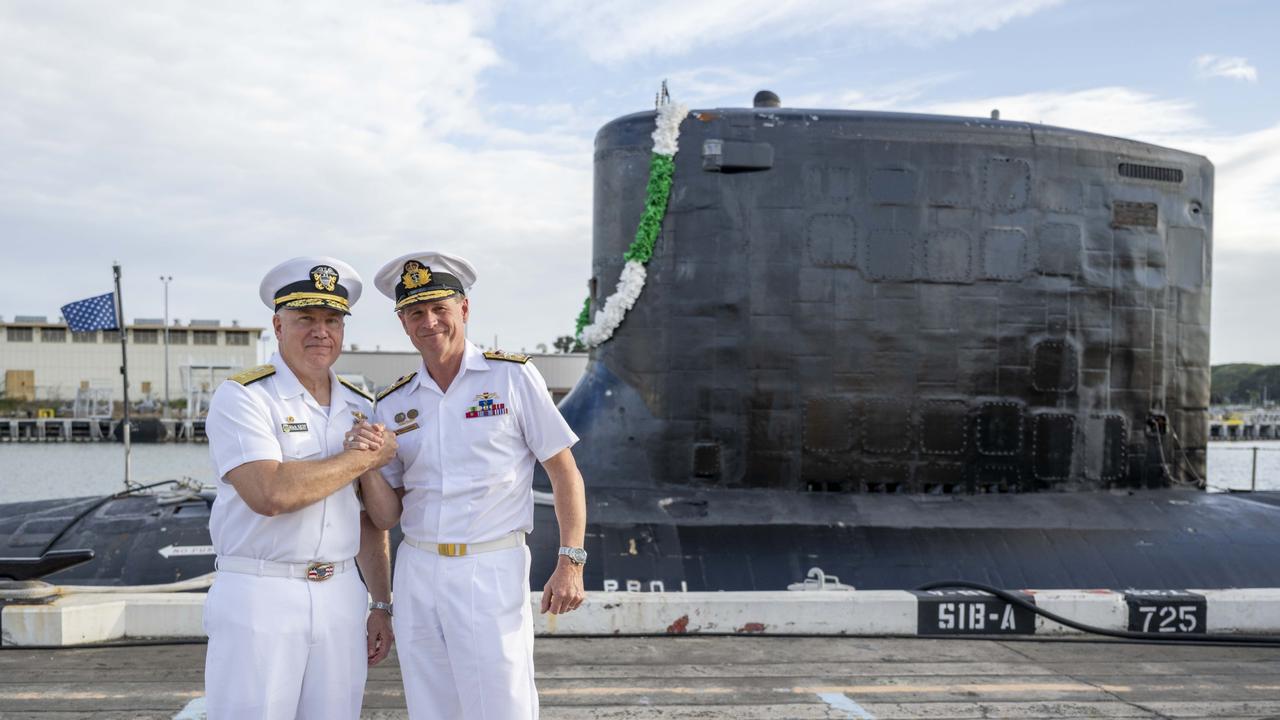
Questions have hung over the future of US-Australian military relations since Donald Trump returned to the White House in January.
He has never publicly stated his opinion of the $370 billion AUKUS trilateral submarine program struck under his predecessor Joe Biden and has cast doubt on his commitment to once-close allies while driving a relentless America-first agenda.
Admiral Seif said he did not doubt the USA’s ongoing commitment to the AUKUS security pact.
“I’m not concerned at all,” he said.
“The strength of this alliance goes back … generations and I think there’s very strong bilateral support for the AUKUS initiative and the capability that it brings.”
Under the agreement, Australia would acquire three to five Virginia-class nuclear-powered submarines from the US beginning in the early 2030s – but only if it does not degrade American undersea capabilities.
And with a significant reduction in manufacturing capacity and ballooning timelines, there are concerns over whether the US will be able to produce enough subs to fulfil the needs of its own navy as well as send surplus to Australia.
Admiral Seif said he was “optimistic” Australia would not miss out.
Under the AUKUS pact, dozens of Australians are already training in the UK and US, including on board fast-attack submarines.
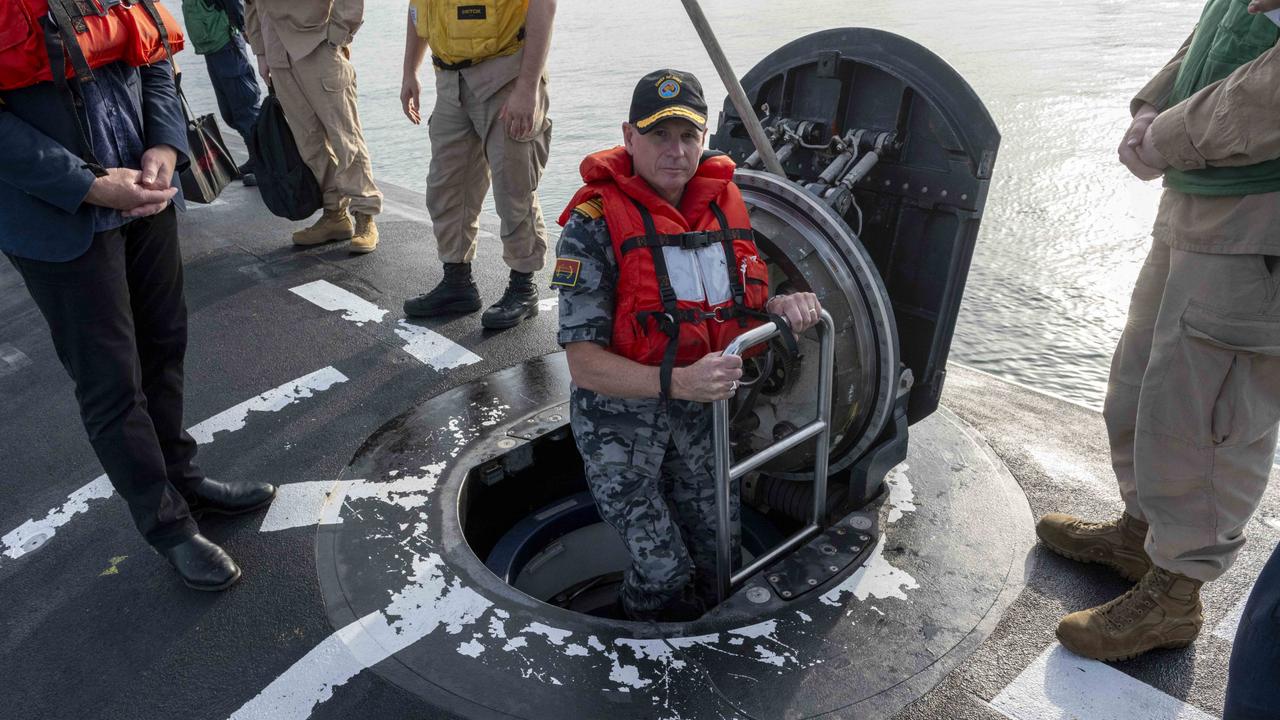
More than 150 Australian civilians are also gaining qualifications at the Pearl Harbor Naval Shipyard to maintain the vessels upon delivery.
Australia’s defence preparedness has come under the microscope in recent weeks after Chinese warships circumnavigated part of the continent and conducted live fire drills in the Tasman Sea.
It was followed by the arrival of a Chinese research vessel in Australia’s exclusive economic zone.
“In the case of that task group, one of our warships was maintaining custody operating within visual range of just over the horizon the entire time it was in our exclusive economic zone and that went on for many weeks,” Admiral Hammond said.
“So were we prepared? Yes. Are we prepared? Yes.”
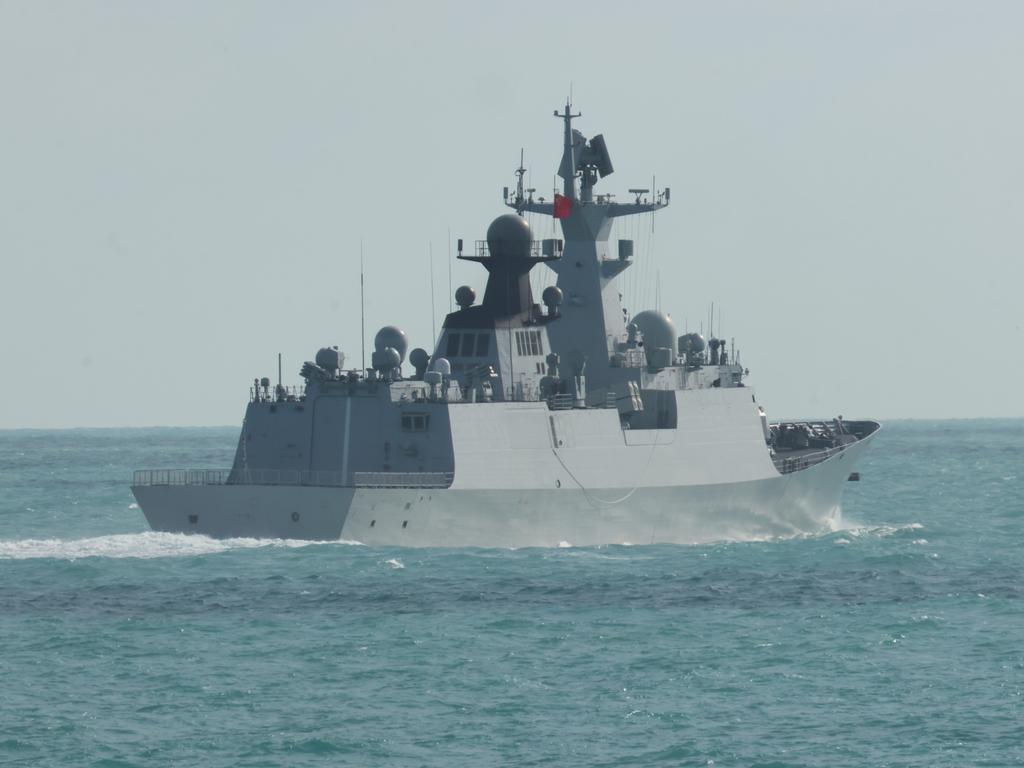
The Admiral said while the transit was legal and not provocative in a military sense, the Chinese ships were “undoubtedly” there to send a strategic message and it was something Australia needed to be “continually alert to”.
“But they came down here to send a message, and it’s a message I think, about their reach, their capability and their intent to be present in more places, more often,” he said.
Admiral Hammond said continued improvements to Australia’s fleet meant it was now the most deadly it had been in history.
“The Australian service is now more capable and more lethal than at any other time,” he said.
He also hit back at critics of the “ageing fleet”, saying vessels were in a constant state of renewal to ensure they were equipped with the latest technology, weapons and capabilities.
“We have not stood still,” he said.
“It’s that constant renewal program that gives us confidence in the capabilities of these things.
“Yes, it’s true that they were built at a certain point in time, but they’re not the same ship as they were when they rolled off the production line.”
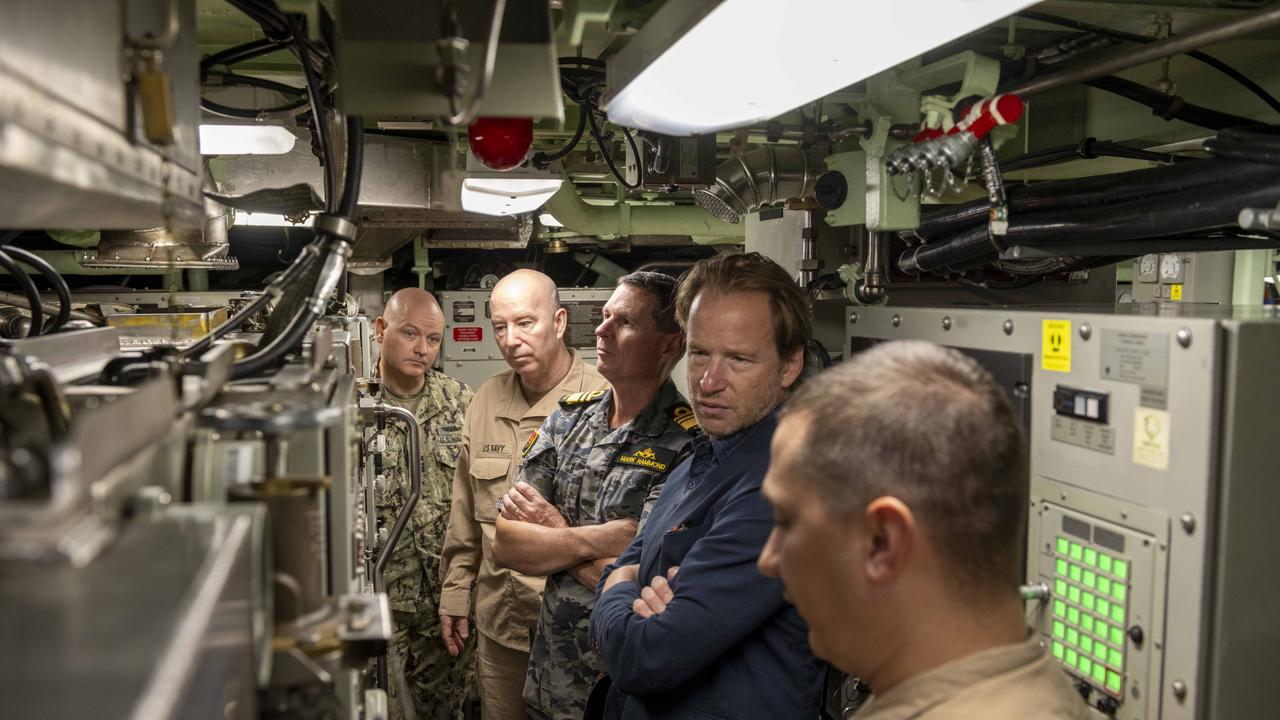
Asked if there was any cause of concern about an ongoing US-Australia military alliance, Admiral Hammond said “not from what I’m seeing”.
“The relationship at the waterfront is unchanged, and I acknowledge there’s a political dimension to international relationships that is beyond our remit, but certainly the navy to navy relationship, the submarine force to submarine force relationship which is underwriting the success of the AUKUS program, that is unchanged, if anything, is probably getting stronger.
“At the waterfront level, I’m not concerned. I’ll leave the politics to the politicians.
“We didn’t get here overnight. So I can’t see how it would change overnight. Our history and our partnership is deep.”
Admiral Seif echoed his comments, saying: “I think the strength of this alliance is ironclad and never really stronger.”
On recent assertions Australia was not pulling its weight in the partnership, both defence chiefs fiercely defended its contribution to the partnership.
“I would say today with the Collins class (submarines), Australia pulls its weight,” Admiral Seif said.
“Today’s Australian Navy, the standing force is very capable, fully integrated. So today, even as we look toward the AUKUS pillars, right now, 100 per cent pulling their weight, showing up, being accounted for, deterring aggression, by presence and demonstrated capability.
“From an AUKUS perspective, I’d say the same thing, where not only are the individuals high quality, but the commitment as a nation, this is really a whole of nation endeavour.”
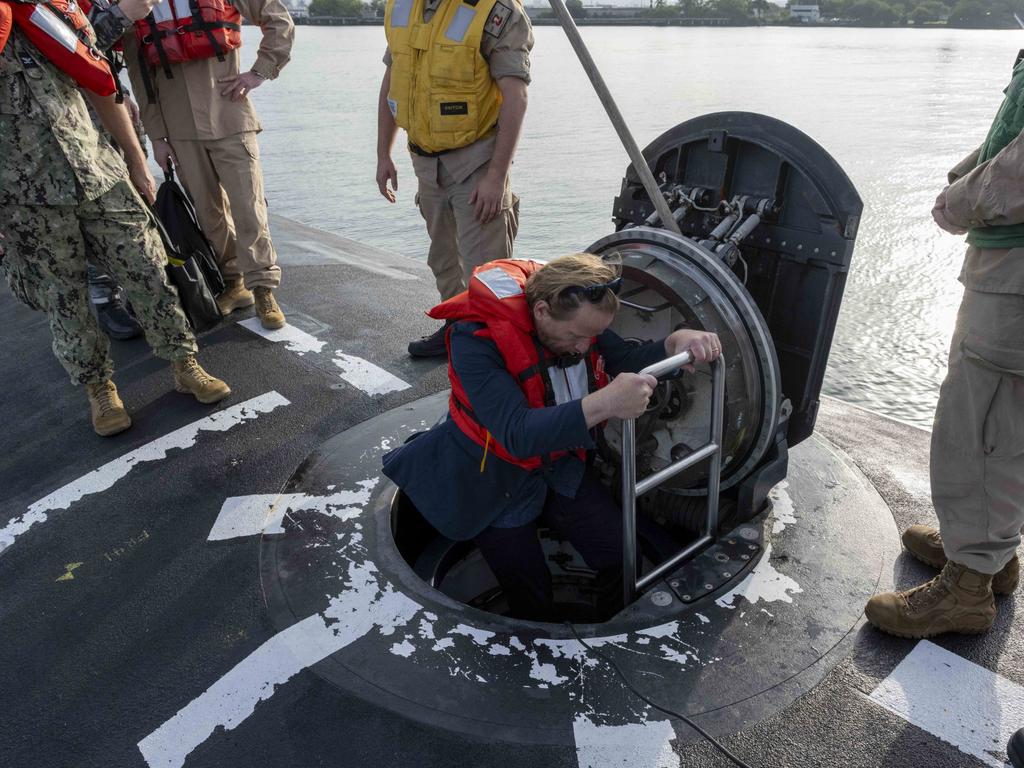
Admiral Hammond said Australia had a population of about 4 million people to each submarine – about the same ratio as the US, and was also the custodian of the third largest exclusive economic zone on the planet.
“On a bang for buck perspective I submit we’re not just pulling our weight, we’re probably overachieving it,” he said.
While in the US, Admiral Hammond spent time on the Virginia-class fast attack submarine USS Montana, along with US Naval Nuclear Propulsion Director Admiral Bill Houston, and Australia’s Honolulu-based Consul-General Greg Wilcock.
“The United States and Australia share a deep and enduring commitment to freedom and security,” Admiral Houston said.
“Our navies continue to train together, exercise together, and deploy together, ensuring that we are always ready to defend our shared interests and strengthen peace, stability and deterrence across the Indo-Pacific region.”
More Coverage
Originally published as United mates: Australia’s alliance with US declared ‘ironclad’ amid China threat








